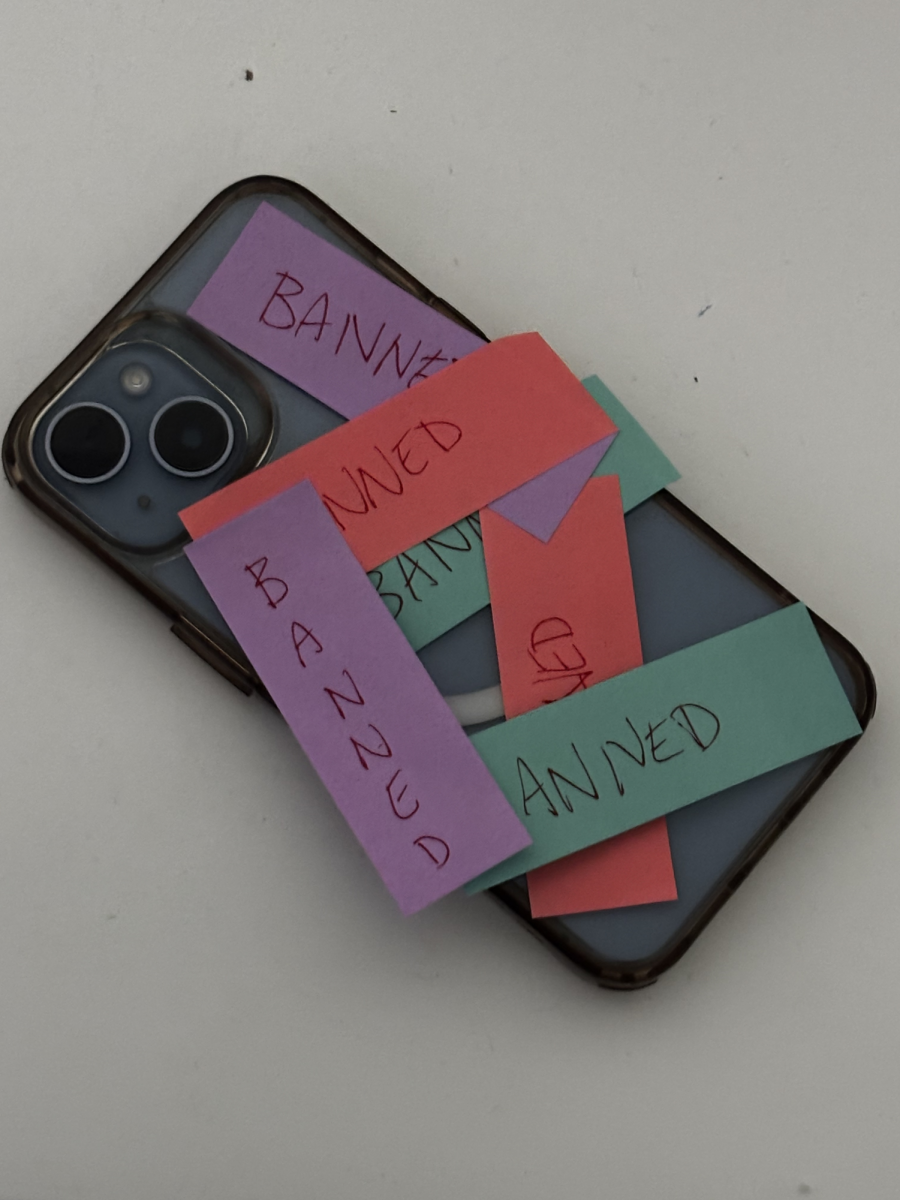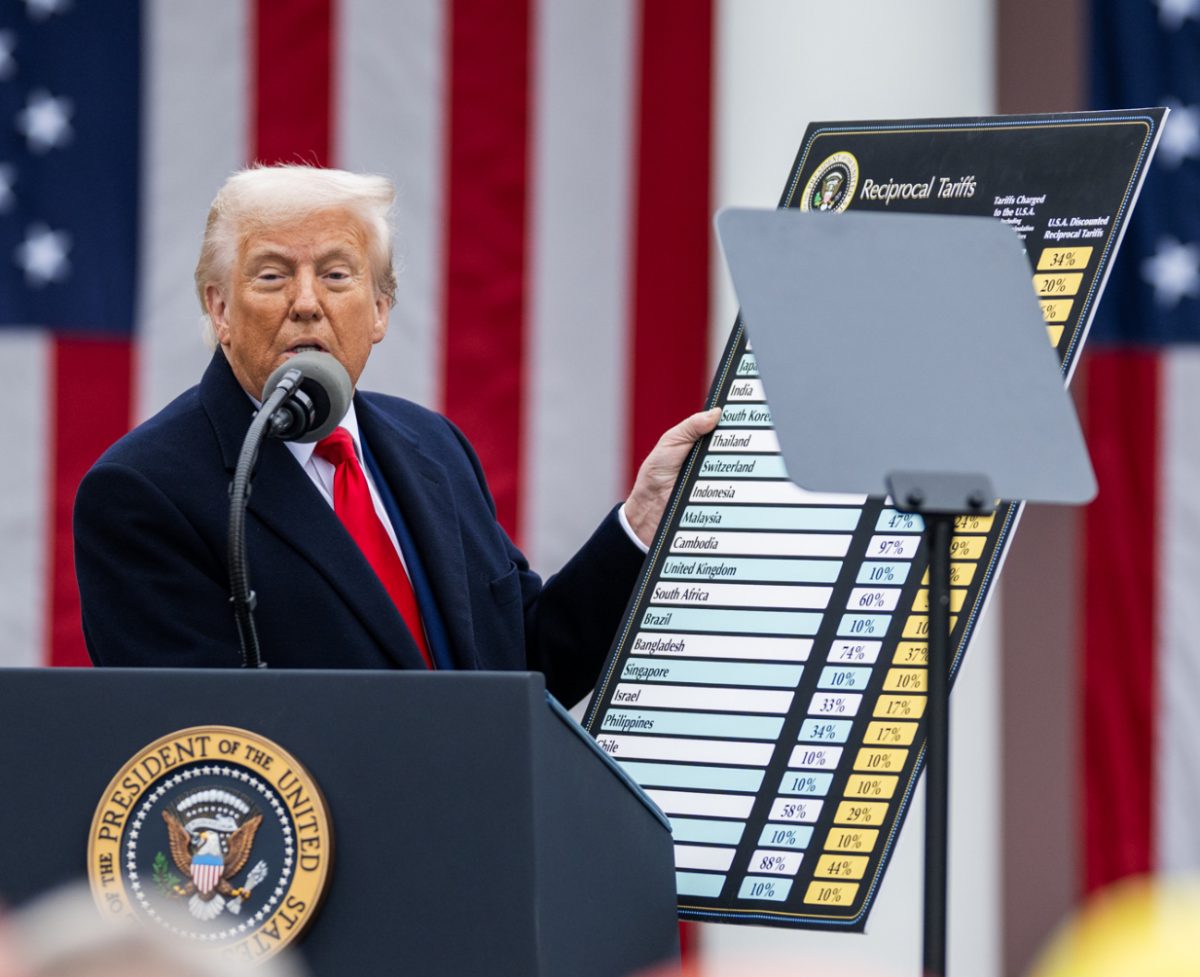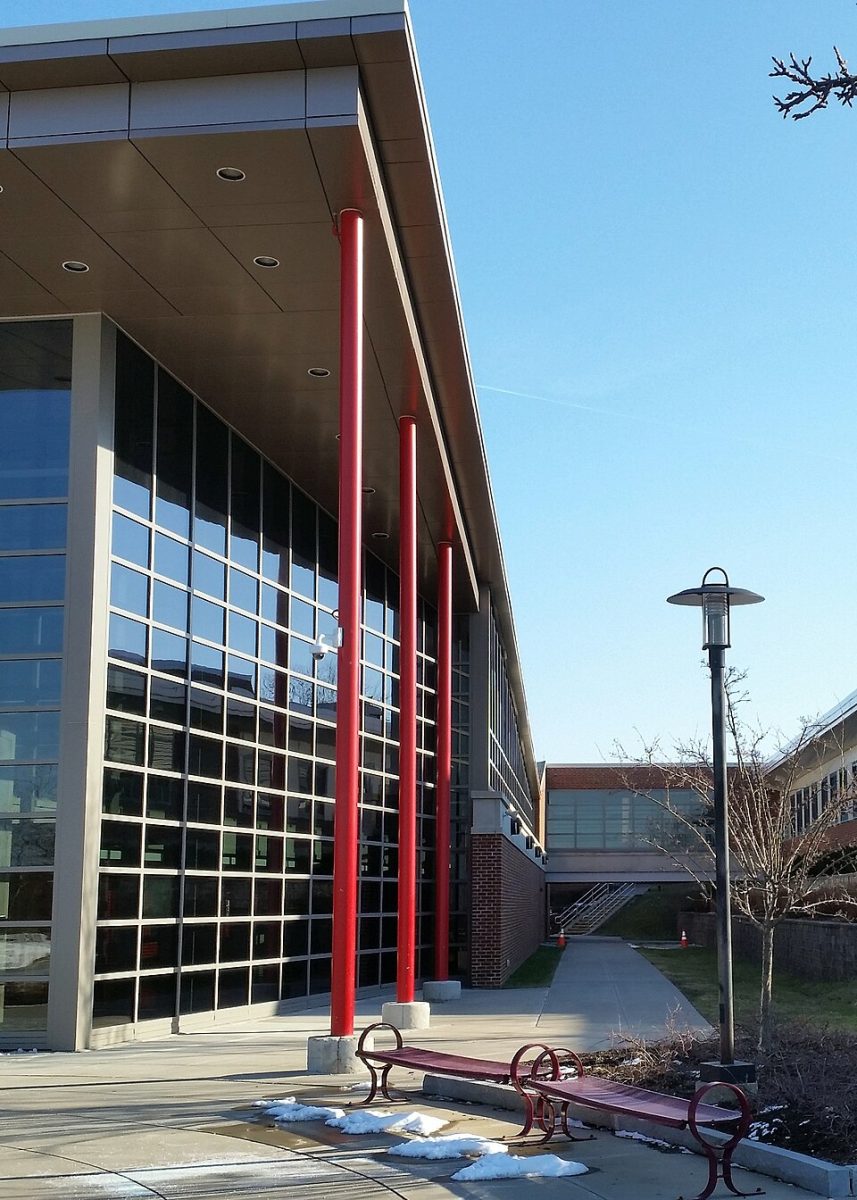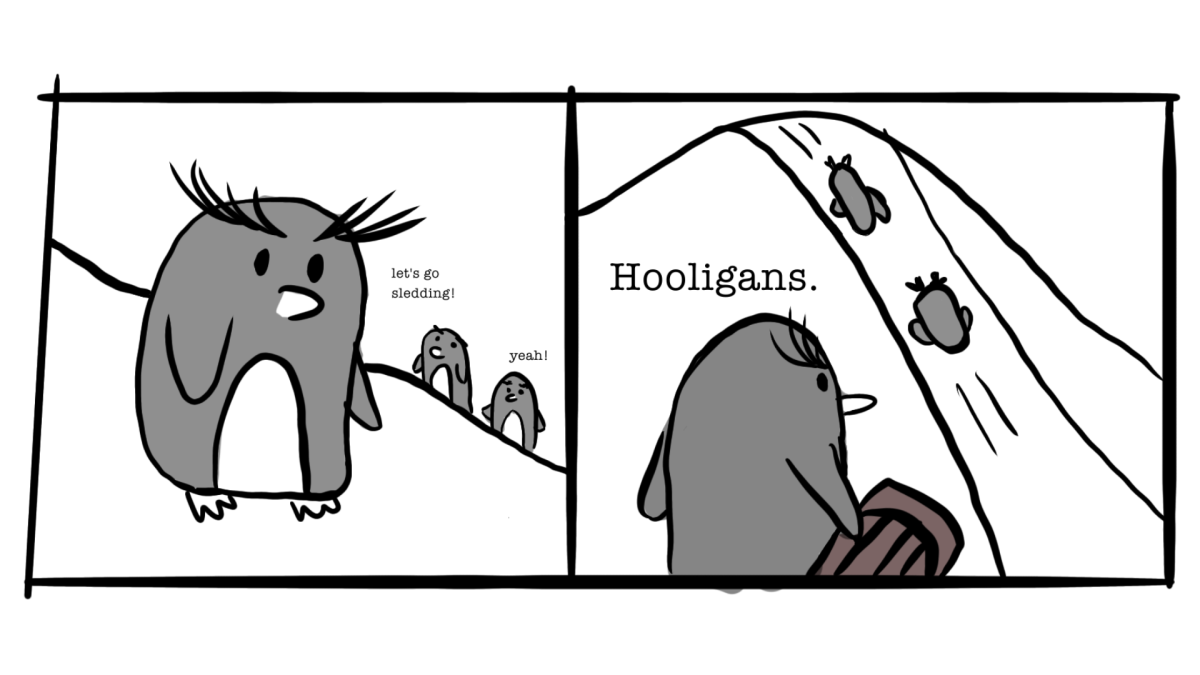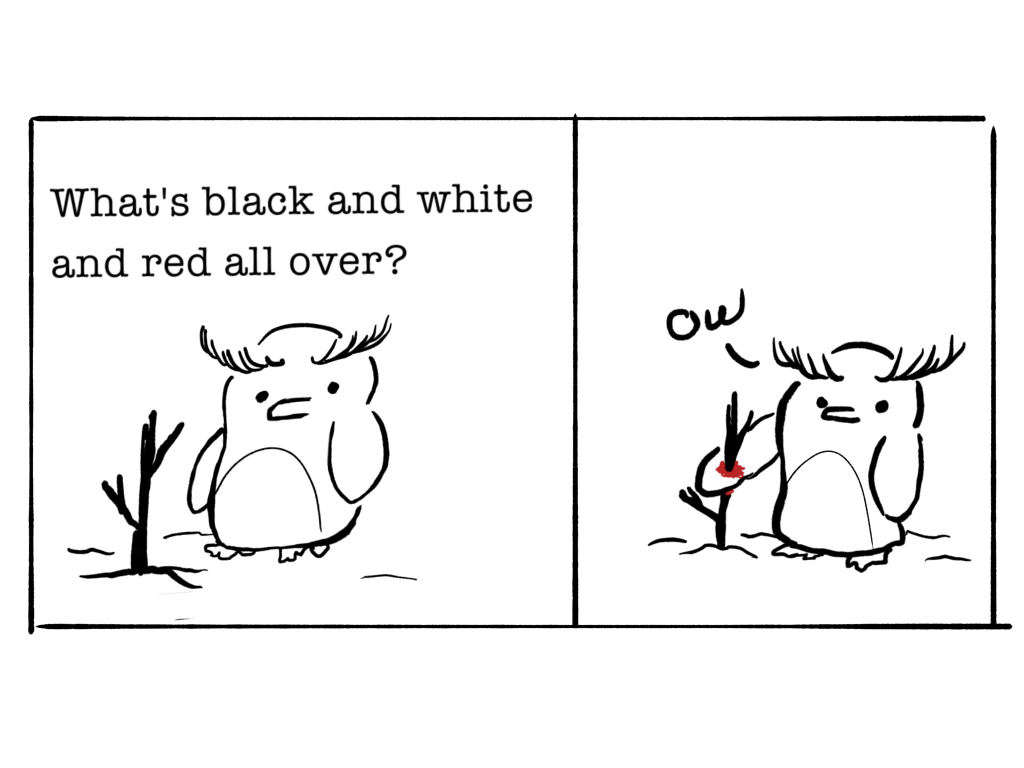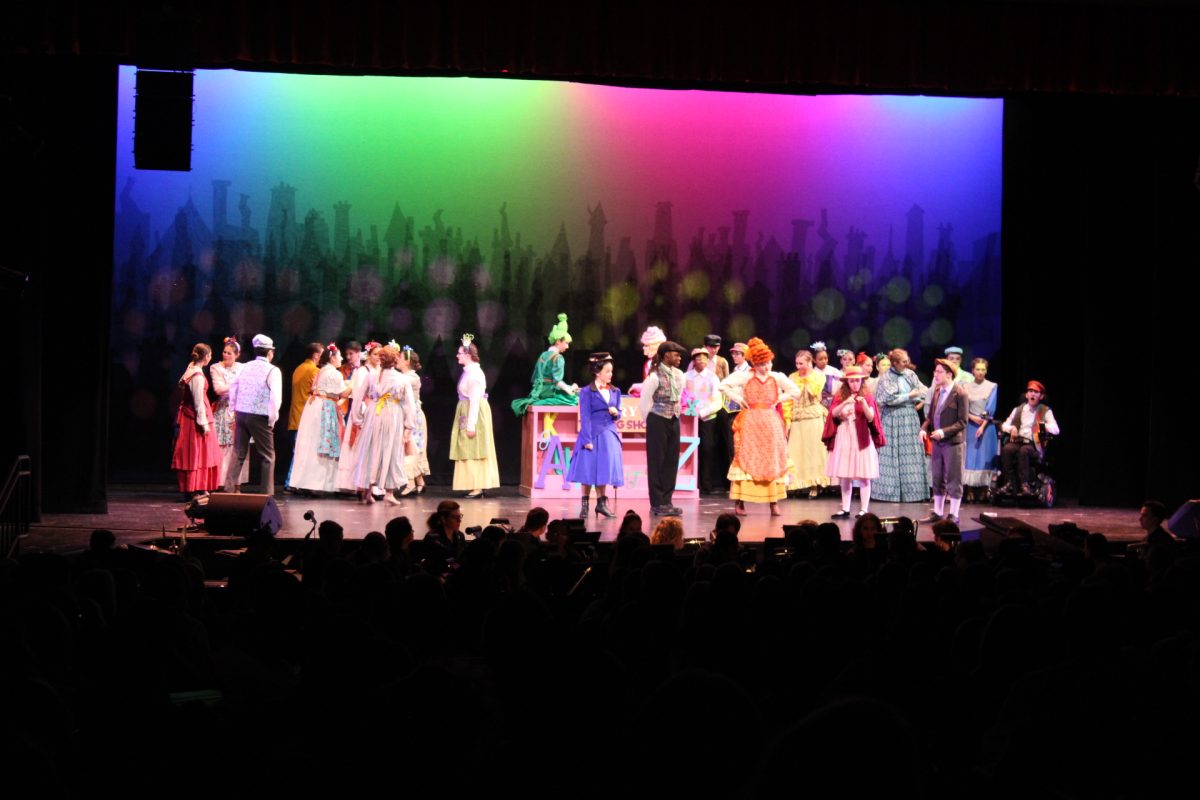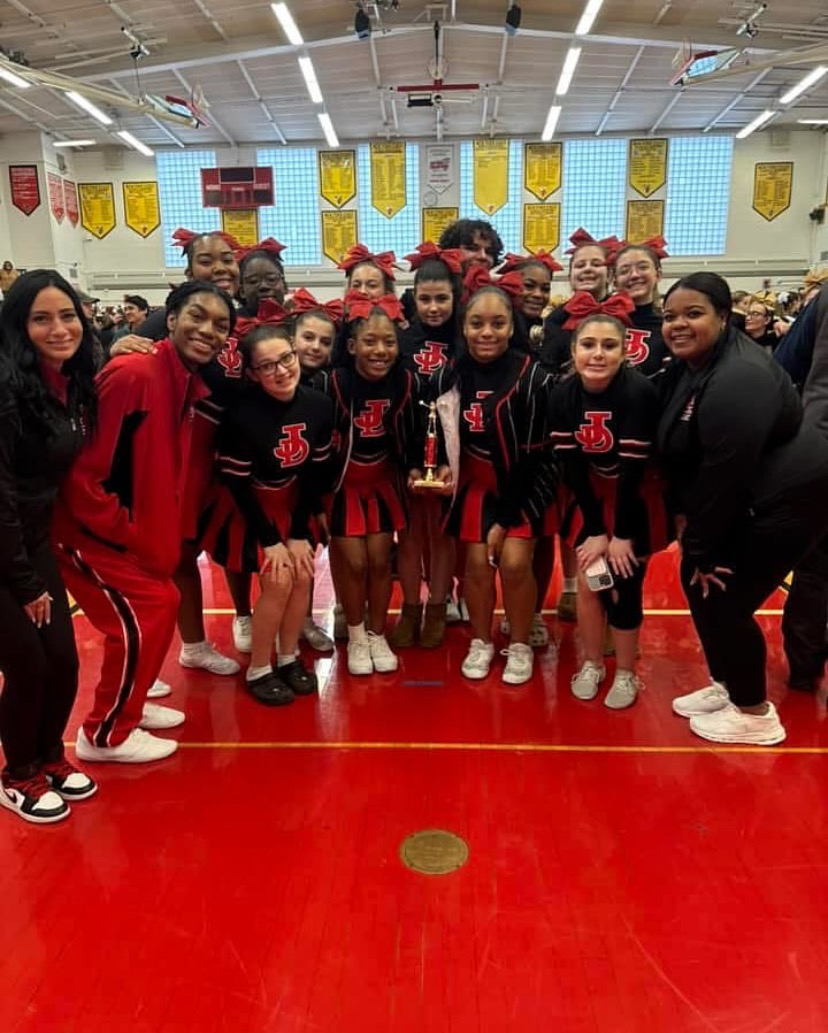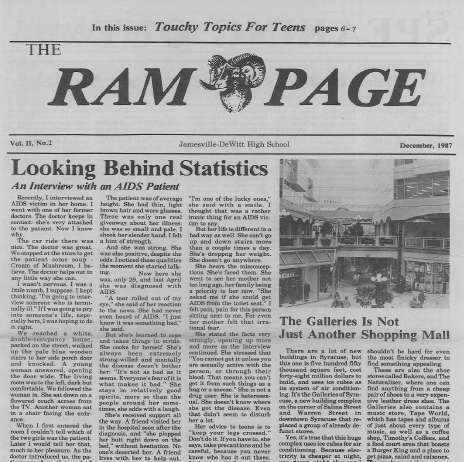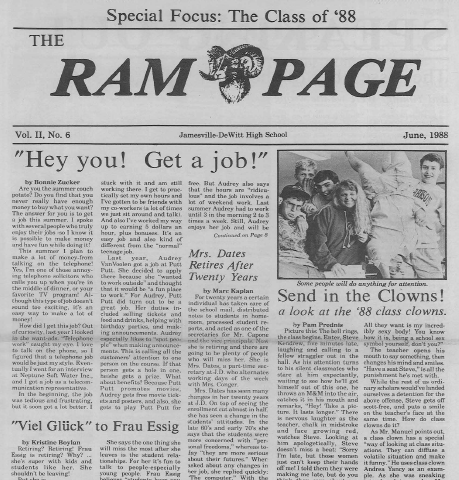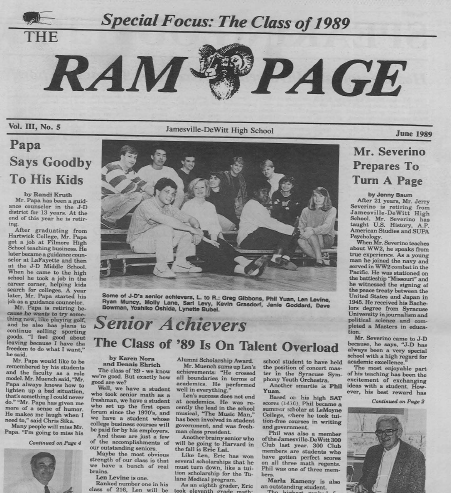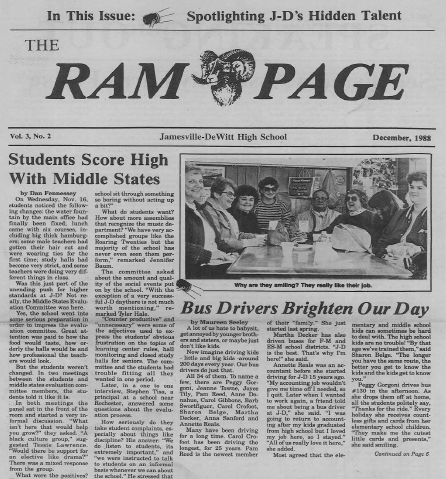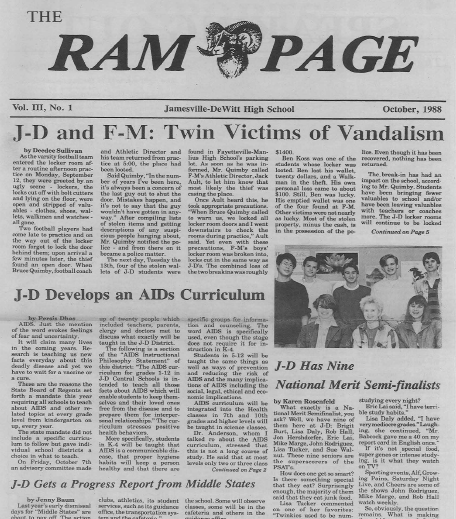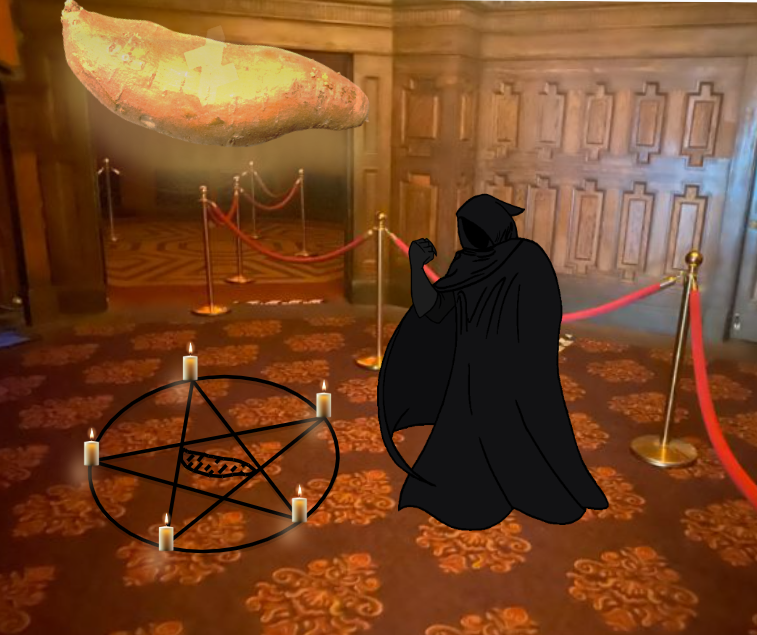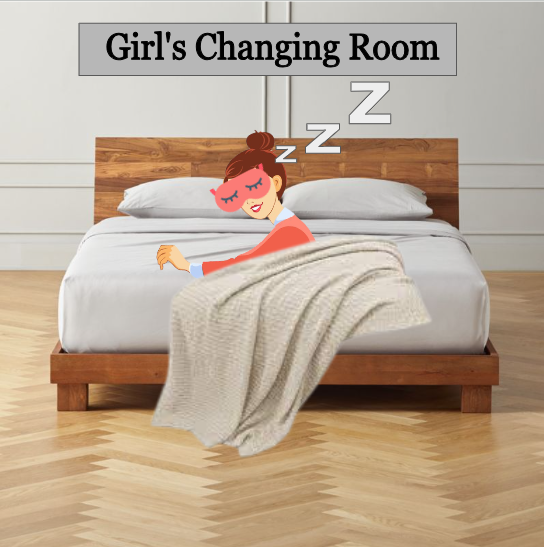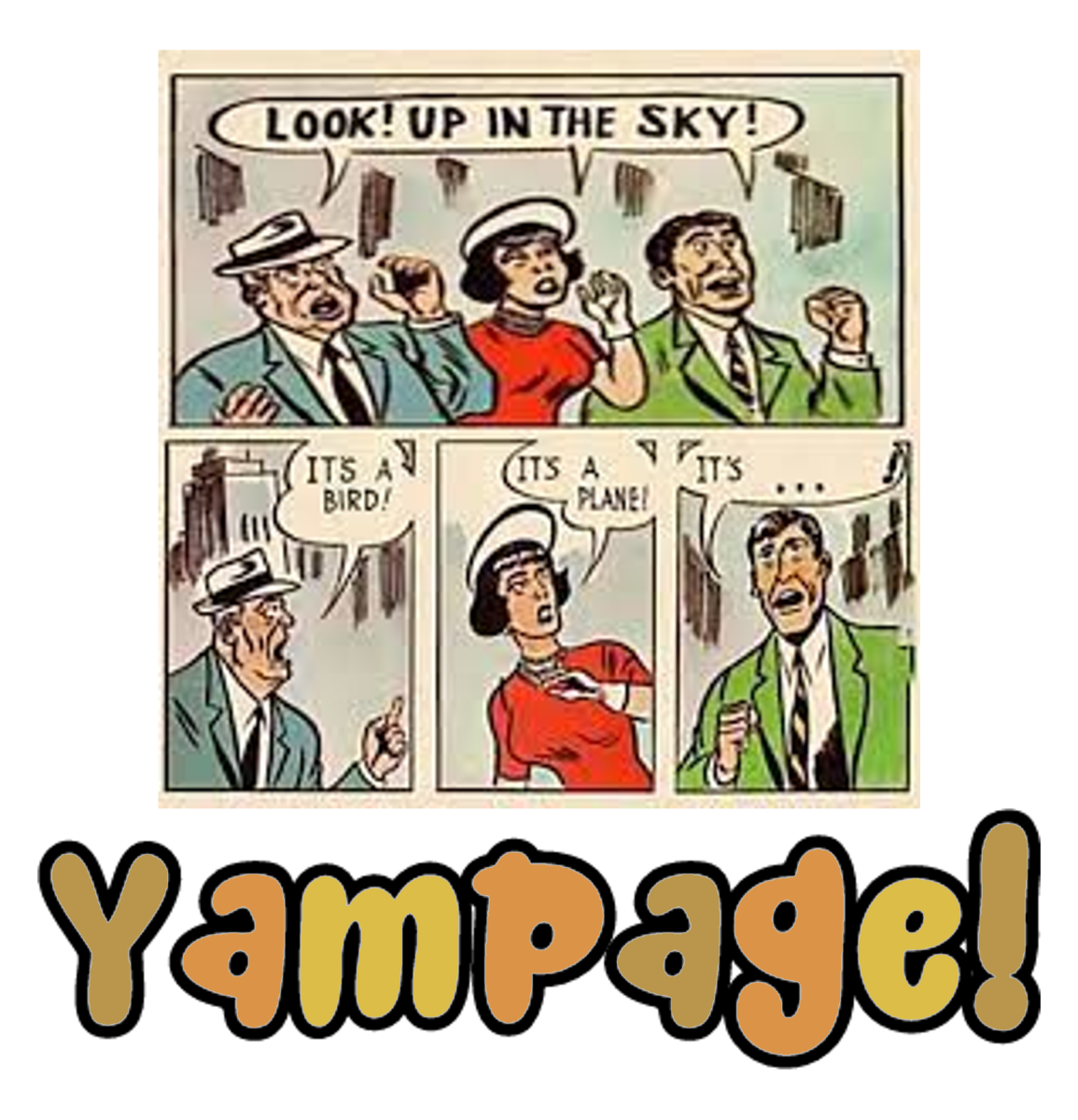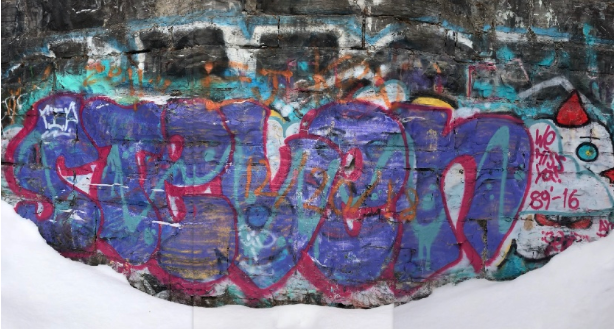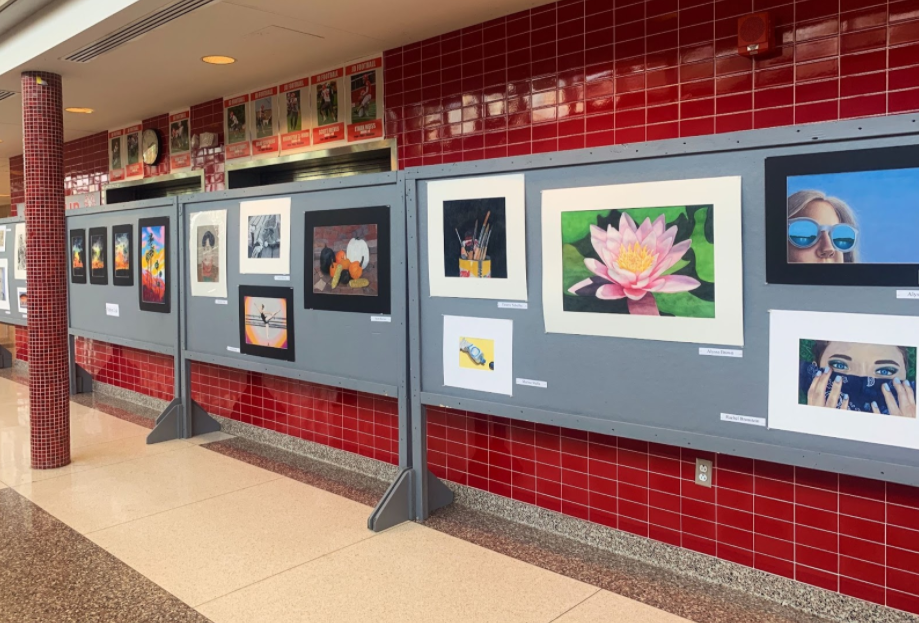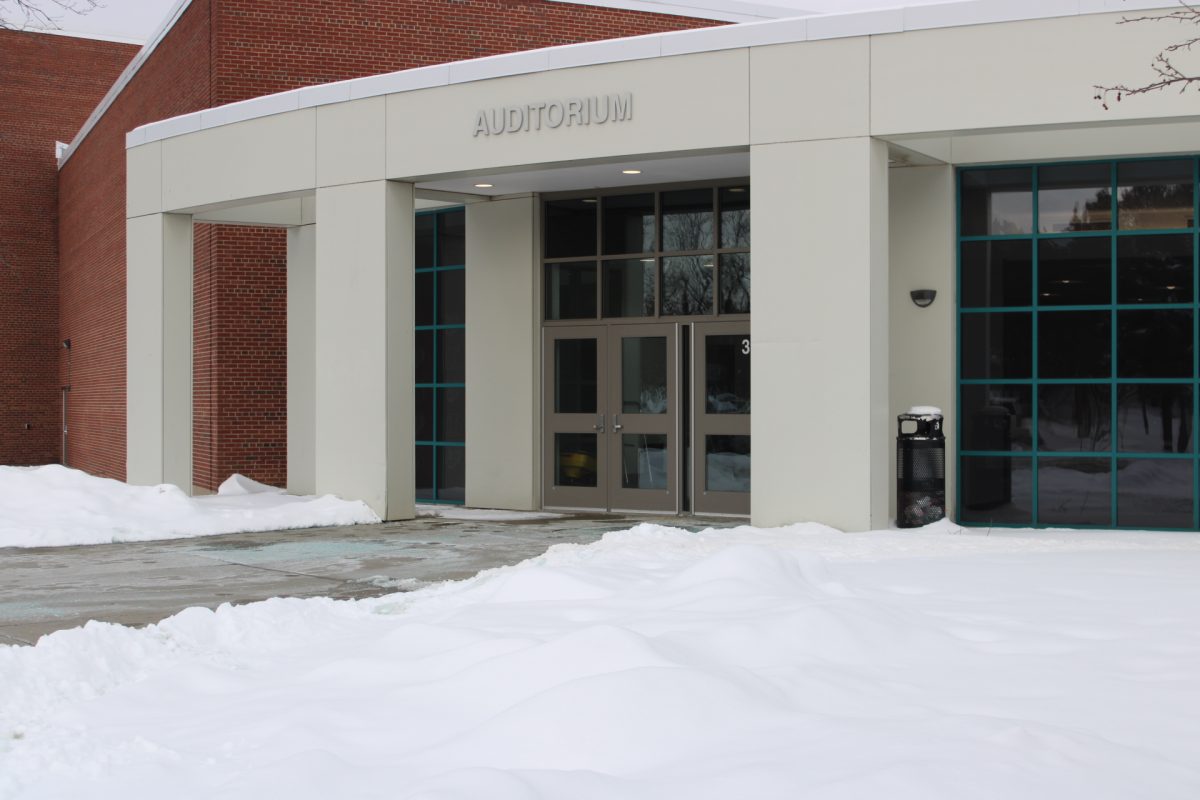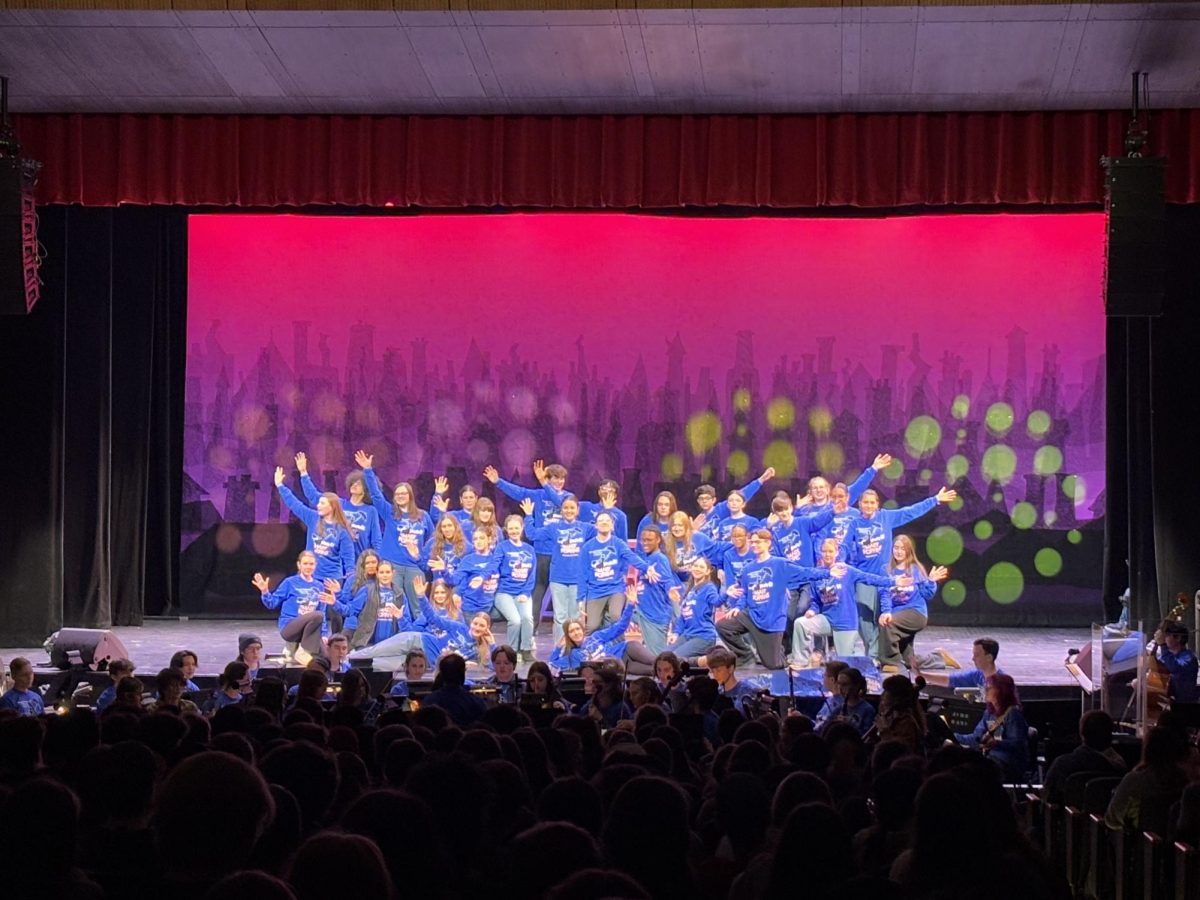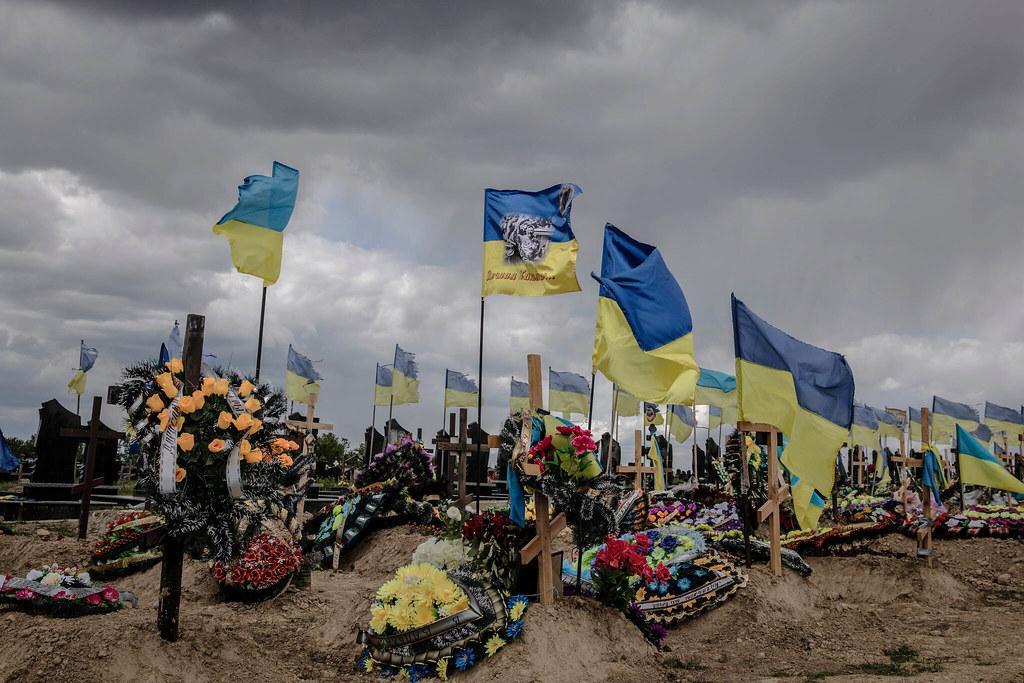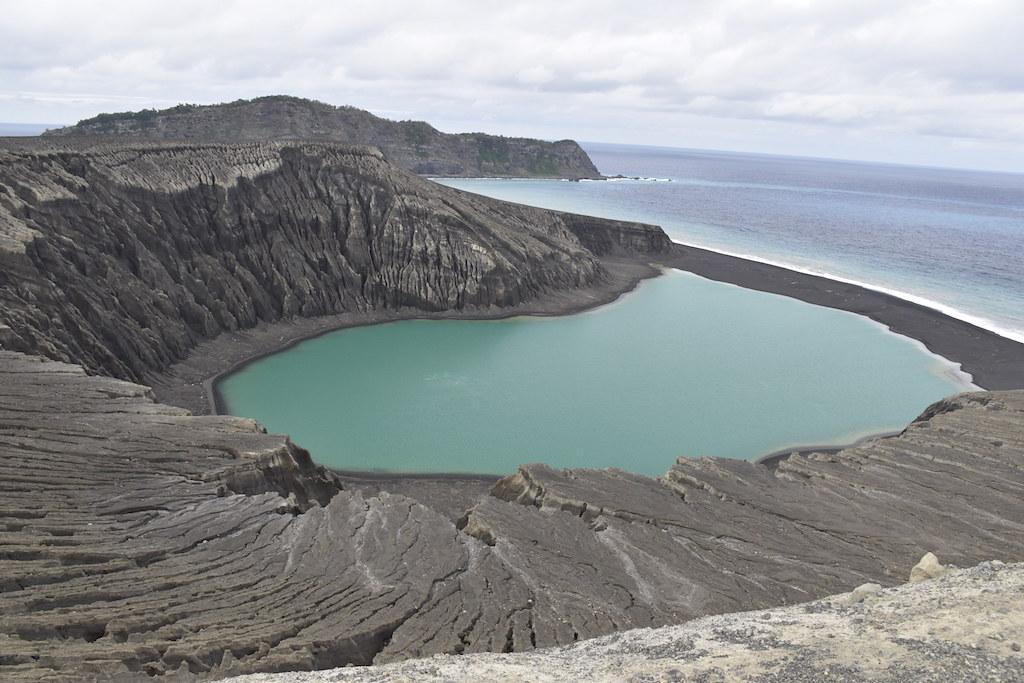Graffiti, we see it all the time but most times we just pass by it without a second thought. Some people see it as a burden, but others argue that it should be preserved by art protection laws.
Graffiti dates back thousands of years depending on the definition. If you say that graffiti is any form of wall painting / writing then it originated during the era of Ancient Egyptians. Other people say that graffiti started in the 1960s with a student who went by Cornbread. He started writing his name on walls in Philadelphia. At this point he didn’t have any deeper meaning to his work, he just wanted to impress a girl in his class.
As time progressed, new types of graffiti were invented as social problems increased and technology advanced. Graffiti became more than tagging your name on a wall. One of the most well known graffiti artists is Banksy. Banksy is believed to have started graffiting in Bristol, United Kingdom in the late 1990s. His work often represents societal problems. Some of the different meanings behind his work are there is always hope, aim for peace, and all love is valid no matter who it’s between.
When people started auctioning his work he took a different approach with his art. He built a shredder into a painting so that if it were ever to be auctioned he could destroy it. His plan worked and sure caused a commotion at the sale.
Many global graffiti artists have meaning behind their work but others do it because it is a part of who they are. “I write because I love it. It’s part of my culture it’s hip hop. Rap is what you do, hip hop is how you live,” said anonymous. Some people write because it’s the only way to get their name out there.
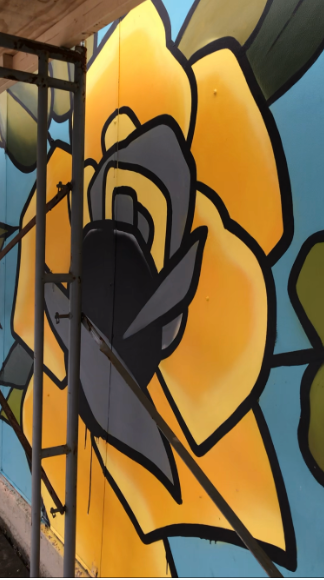
Photo by Evan Blust
Graffiti isn’t always necessarily painting on a wall. Sometimes people paint on a sheet of paper ahead of time and post it in their town. Other times an artist will project an image on the wall of a large building. This isn’t technically illegal so artists can do this in highly trafficked areas to get the most viewership.
Syracuse has many of its own graffiti artists too. The artists around here are mostly writers. Writing is when you tag a wall with your name. Most artists have a “stage name” that they use instead of their real name for obvious reasons. Some of the hotspots in Syracuse include Skytop Quarry, the Westside Wall, and Split Rock Quarry. Syracuse artists mostly write in abandoned places because there is less of a chance of getting caught by the police. The graffiti also lasts longer in these areas because the city has no reason to clean it up so they write there to preserve their art.
Many people have different opinions on graffiti. “I think graffiti should be all legal…as long as it looks good,” said senior Andrew Dettor. The question is, how would we as a society determine what gets to stay and what gets cleaned. He believes that there should be a panel of art critics that determine whether or not the graffiti stays.
Senior Samantha Aitken said, “It has to do with like where you’re doing it. Is it private property, government property, public property, because whoever owns (it) really has the say.” Aitken likes some graffiti but as she said above it depends where it is. She doesn’t think anyone should be allowed to graffiti private or government property. Senior Wyatt Weldom agreed saying, “Public property is fine.”
“…there are these giant murals that were created by actual hired graffiti artists,” said Junior Sophie Clinton. She thinks that some graffiti is okay if it is a public works project. The artists should be hired by whoever owns the building to paint their mural or piece there.
“I think that the substance matters,” said senior Ella Kornfeld, “it’s not about the political opinion like some graffiti will have different opinions.” Kornfeld feels that graffiti with a deeper meaning should be protected and that it should not be cleaned up.


